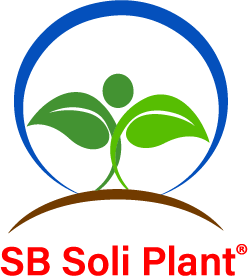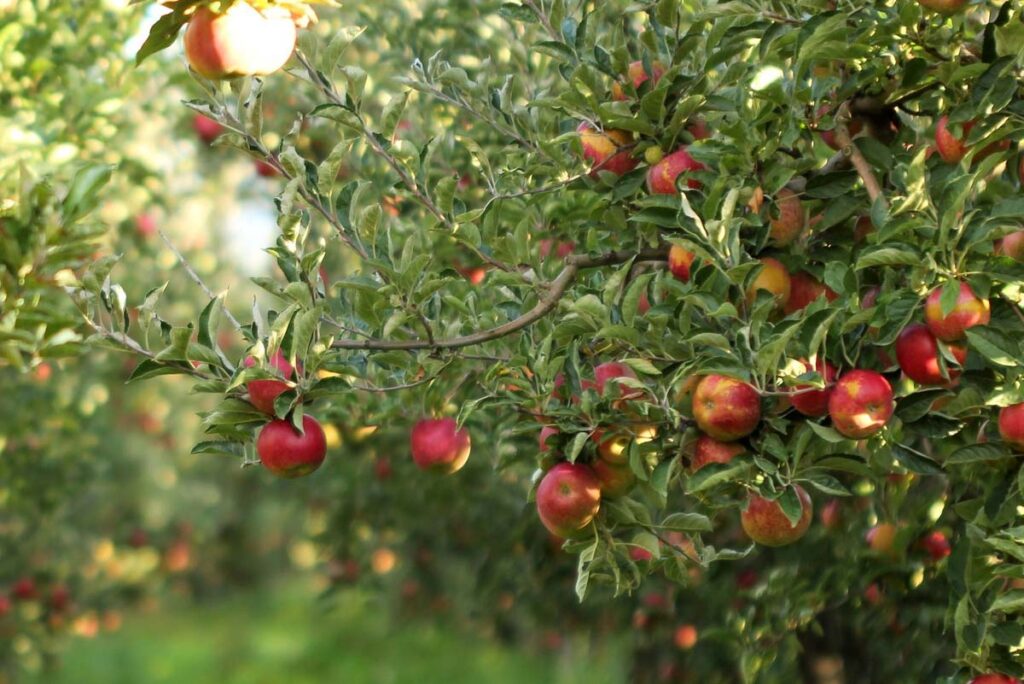Many fruit crops are characterized by the sugar content in the fruit. This value is also known as º Brix. The brix value indicates how much sugar an aqueous liquid contains, which can be measured in the fruits and juice of the plants. In this article we will tell you what mechanisms are involved and how to increase the sugar content in fruits.
The element potassium is always associated with the production and transport of sugars, but in practice many more factors are involved in obtaining more sugar (º Brix) to increase the sweetness of the fruit.
The production of sugars by the plant
The process of production of sugars and photoassimilates by the plant is quite complex and requires synchronization of many enzymes, biological and photosynthetic processes.
At the biochemical level, the plant obtains sugars from the process of photosynthesis, where starch and fructans are converted to sugars such as sucrose from the enzyme amylase. However, this process slows down if the levels of potassium, boron or phosphorus, among others, are not at optimal levels and readily available to the plant.
Essential elements in the manufacture and transport of sugars in plants
To know how to increase sugar content in fruit, it is necessary and essential to know the importance of the following elements:
Sun
It is not an element of the periodic table, but it is one of the most important factors in the production of sugars. Light combined with water, promotes the processes of photosynthesis, without which nutrients would no longer be important. The combination of good lighting and good nutrition ensures maximum productive yields.
Phosphorus
Phosphorus is involved in the production of energy in the plant and is an indispensable component in obtaining cellular energy (ATP). Therefore, it is involved in the production of sugars and has a special interest in the plant's acquisition of º Brix.
Potassium
Potassium is the regulator of plant water balance. Its contribution ensures high yields in the crop and is involved both in the production of sugars and in their transport to roots and fruits. In addition, this element is also responsible for the production of antioxidants and elements that give color to fruits, such as lycopene in tomatoes.
Drill
Boron is a microelement that regulates the activity of phytohormones and is involved in the movement of sugars to the fruit and root. Therefore, it is important to combine the nutrition of phosphorus, boron and potassium in ripening to achieve the greatest possible accumulation of sugars.
In addition, this element also helps in the mobility of photoassimilates to the roots, to make reserves for the coming year in the case of fruit growing trees to trees.
Products that help the plant increase the º Brix in the fruit
At times when nutrition does not provide maximum results, the use of biostimulants and specific elements makes it possible to meet crop demands at specific times.
🌱 ➡️ SUPER K: potassium 40% w/w complexed with Micro Carbon Technology.
🌱 ➡️ PHOS-MAX: ultra-concentrated phosphorus complexed with Micro Carbon Technology to promote energy transfer (ATP) and produce sugars
🌱 ➡️ YIELD-MAX: maturation enhancer with abscisic acid activators without producing ethylene.
🌱 ➡️BORAMOL: boron (9.0% w/w) + molybdenum (0.75% w/w) sugar mobilizer.
🌱 ➡️ FRUCTUS: phosphorus (23.5% w/w) + potassium (26.0%) liquid and ultra-concentrated.
If we detect a low presence of sugars in juice (measured by petiole refractometer), we recommend the application of the following corrective treatment:
Fertigation: PHOS-MAX (3 L/ha) + BORAMOL (1.5 L/ha)
If we want to do with everything to promote a rapid rise in º Brix, we will apply phosphorus, potassium and boron together.
Leaf: FRUCTUS (300 cc/hl) + BORAMOL (200 cc/hl)
If potassium levels are too low, we will help maintain adequate levels with the following treatment:
Fertigation: SUPER K (3 L/ha) + BORAMOL (1.5 L/ha).
Blade: YIELD-MAX (300 cc/hl) + PHOS-MAX (150 cc/hl)

